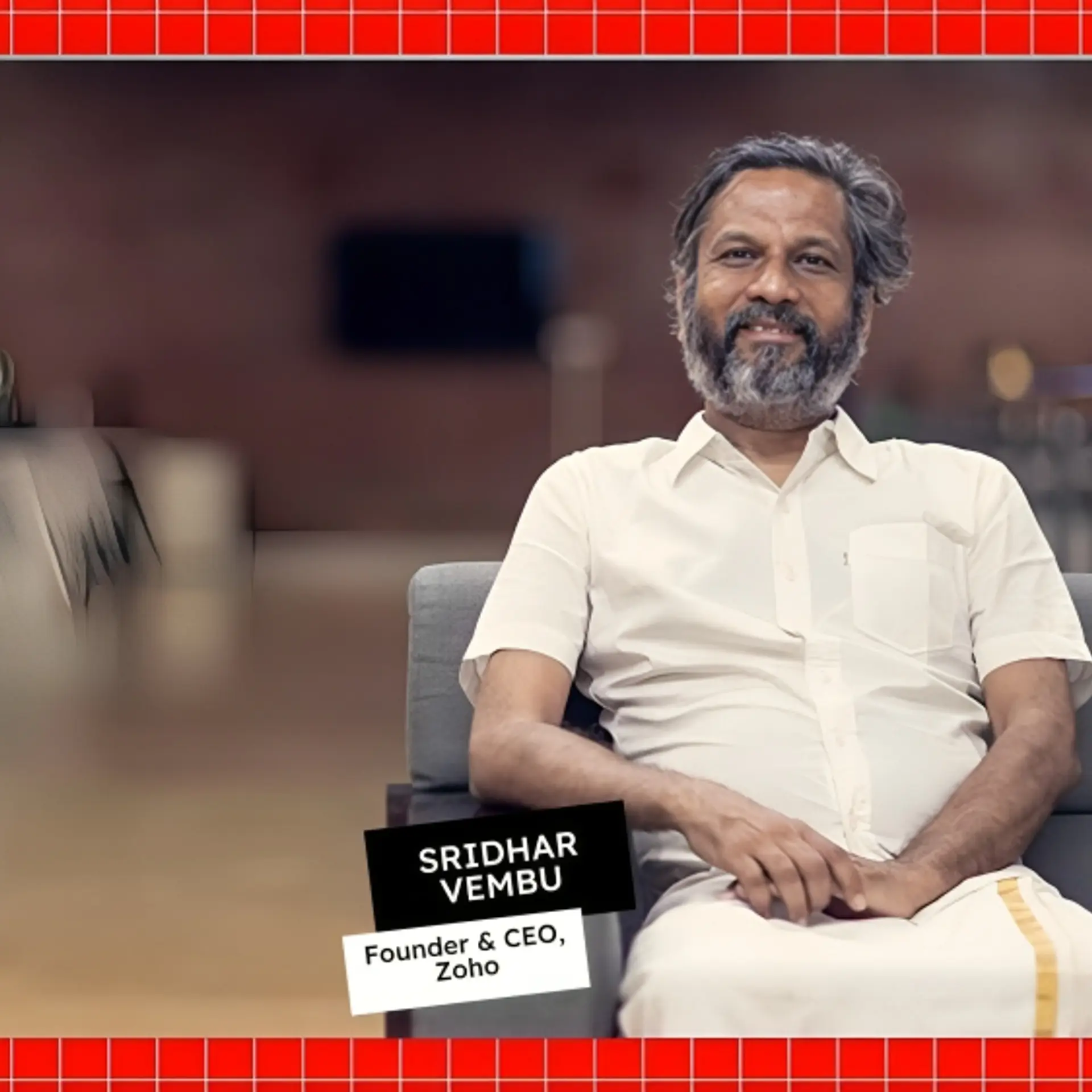How a WhatsApp group metamorphosed into a telemedicine collective to combat COVID-19
Project StepOne is a telemedicine collective that brings together 21 startups, over 6,000 volunteer doctors, and active citizenry to power state government helpline numbers and take the fight to COVID-19.
In March 2020, India announced Lockdown 1.0 to control the spread of the novel coronavirus. By then, a team of telemedicine startups had realised that the only way to stop the spread of the pandemic was to quickly identify COVID-19 suspects, and isolate, test, and quarantine them.
This led to the birth of Project StepOne, a COVID-19 telemedicine collective that brings together the largest number of nationwide volunteer doctors, 21 startups, and active citizenry to power state government helpline numbers to combat the disease.
Project StepOne is an empanelled partner for telemedicine consultations that enables free teleconsultation for those with COVID-19 symptoms.
“The number of COVID-19 test kits is limited in India, and it is difficult to do mass-level testing as done in Germany, South Korea, etc. As of today, the total tests done are 1,600,000; only 70,000 tests are done daily across India. This is less than 1,500 tests per million population, which is among the lowest globally,” says Rahul Gupta, part of the Project StepOne core team.
The COVID triage helpline uses technology to screen every call and segregate COVID and non-COVID callers. People who may be infected are connected to volunteer doctors via phone consultations. The system, which uses cloud telephony, can scale as calls increase so doctors can screen patients for COVID-19 symptoms and direct them to an appropriate government facility.
The startups that are part of this collective include Mfine, Freshworks, and Reverie, to name a few.

Rahul Gupta of Project StepOne
The initial stages
With the majority of the team having a healthcare/healthtech background, the first step was clear: safeguarding doctors as they had the highest chance of being infected.
The solution was tele-screening, the fastest way to identify suspects and guide them to isolate themselves so that they did not infect more citizens or health workers by going to hospitals.
“We went ahead with a solution accessible to each citizen, irrespective of the phone they owned or their literacy level. We wanted to build an inclusive solution that worked across geographies, on feature phones, smartphones, and even on the landline. We’re humbled that Project StepOne is now working with several state governments, and has saved thousands from getting infected,” Rahul says.
Incidentally, the collective was born on March 17 as a closed WhatsApp group with 10 members, who put together a few technology products and piloted the product with the Karnataka government of Karnataka in the next three days.
“We supported StepOne with the first set of doctors to handle cases initially. Dr Srinivas Gunda from MFine devised the doctor training module and the necessary triaging methodology. StepOne is a quick-to-market, collaborative effort in the time of crisis. We thought it was appropriate to contribute to this effort to help out people in need of access to healthcare,” says Prasad Kompalli, CEO of healthtech platform mFine.
The platform, live in 10 states includes 100+ dedicated volunteers who follow processes. They got together 6,000+ doctors across India; the medical experts speak 26 languages and have done over 70,000 teleconsultations in the last seven weeks.
Reverie Technologies stepped in to ensure that the app was accessible to people who aren’t conversant in English. The app is available in Hindi, Kannada, Marathi, and Odia.
"In the next phase, we are supporting StepOne for the state of Meghalaya in Garo and Khasi languages,” Arvind Pani, Co-founder and CEO, Reverie Technologies says.
How does it work?
People can call the helpline numbers that provide options to choose symptoms, followed by a call with registered healthcare expert to confirm the findings.
As the first point of contact for suspected COVID-19 patients, a localised automated IVR can go a long way in reassuring callers and also enable consultations with volunteer doctors.
“We have been able to deliver localised and English voice-overs in a record time of under 90 minutes, as against 48 hours if done manually. Iterating again on the importance of the trust metric for a telemedicine initiative, we ensured that the voice-overs are as human sounding as possible. StepOne is a highly scalable model and we assure minimum turnaround time to support the initiative for as many Indic languages and English,” says Arvind.
Kaleyra’s cloud IVR solutions came into play to enable this. The team helped design, build, and execute the IVR helpline connecting callers to the doctors and government call centres.
As the number of coronavirus cases rise, government toll-free numbers are seeing high volume of call inflow and are unable to manage due to limited capacity.
“With Kaleyra's cloud communication tech and the StepOne group, deployment of an IVR helpline number for a state government is achieved in a few hours. This has the capability to handle volumes and scale – up to 40,000 concurrent calls at any time,” explains Ankit Jain, Director, Enterprise Sales, Kaleyra.
Freshworks’ Freshdesk powers the technology that stores all the patient information. Doctors log into Freshdesk and record all the important data collected during the call to help them diagnose and provide the right consultation. The information is stored on Freshdesk, high priority patients are marked, and StepOne passes the information to the respective state governments.
“The biggest challenge when you are targeting 20,000 doctors on the system is to ensure that training doesn’t take too long. Freshworks’ products are simple to understand and graphic, which means doctors take a few minutes to get accustomed to the system and can focus on their teleconsultations. The idea is to keep technology as non-intrusive as possible,” says Gireesh Subramaniam, VP of Product Management at Freshworks.
Multiple teams
The StepOne platform has teams for doctor signups, verification, training, onboarding, and operations – this ensures availability of a pool of doctors in each state.
The data team functions in parallel with the operations team. The platform also has a state signup team along with a large product and tech team.
“The most important part of enabling scale is to ensure systems and processes, and we are proud that we have ascertained SoPs for every step even though the teams were distributed and completely new to each other,” Rahul says.
Currently, the collective’s focus is to reach out to more citizens across India and publicise the fact that StepOne is their go-to telemedicine helpline across states. This step will help people self-screen and aid the government in providing medical and mental health assistance.
Rahul says the strain on the healthcare system increases with a spurt in the number of cases, but tele-screening is a proven method and can help reduce overcrowding of hospitals and effectively diagnose citizens in remote locations.
Siddharth Nautiyal, Investment Partner, Omidyar Network India, which is supporting Project StepOne, says, “The team at Project StepOne has created a very inspiring example of collaborative effort, using tech-based solutions to work closely with several state governments and help citizens amid the ongoing crisis. The initiative has brought relief to thousands across the country by providing a channel to connect with doctors, seek expert advice, and understand testing solutions and preliminary guidelines.”
He adds that Project StepOne is assisting citizens in accessing the right solutions and mitigation steps. “This work provides us, at Omidyar Network India, an opportunity to further contribute to the fight against COVID-19 by helping create a truly meaningful solution for Indians most affected by the pandemic.”
Unlock 1.0 and future plans
The easing of the lockdown increases the possibility of mass spread of COVID-19 and Project StepOne has “set up connects with various state and district authorities” to alert authorities as soon as a high-risk suspect is found. The StepOne team has also empowered its doctors to be able to take an increased number of calls, if need be.
Rahul says some state governments are also keen on mental health helplines and are looking at aggregating COVID-19 and mental health queries.
However, working with governments isn’t easy, especially access and decision-making. But the collective persists to make a difference.
Vaibhav Agrawal, ACT Grants spokesperson and partner at Lightspeed Venture Partners, says, “We are glad to collaborate with Project StepOne, which is buttressing the frontline defence by powering statewide phone helplines for patients. We are positively surprised by how quickly this initiative has scaled up through effective collaboration between the government and entrepreneurs.”
The StepOne team is also working with BSNL on the design and setup of the National Telephony Grid.
“This is the long-term infrastructure for India to have a high scalable capacity and fault-tolerant architecture as part of our public health and disaster management infrastructure,” Rahul says.
Edited by Teja Lele











